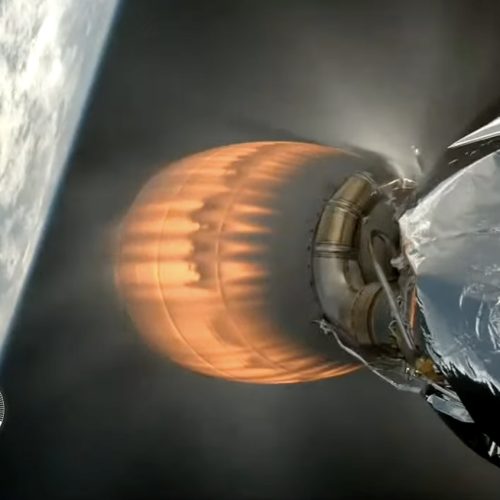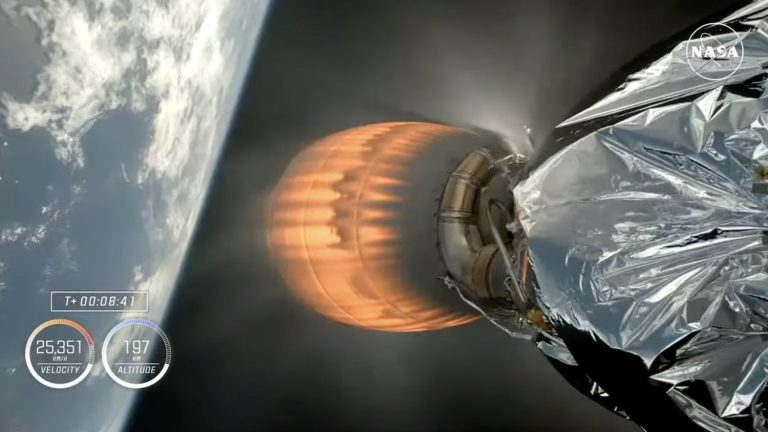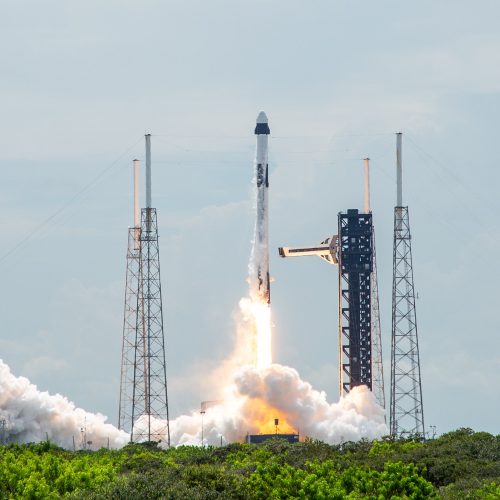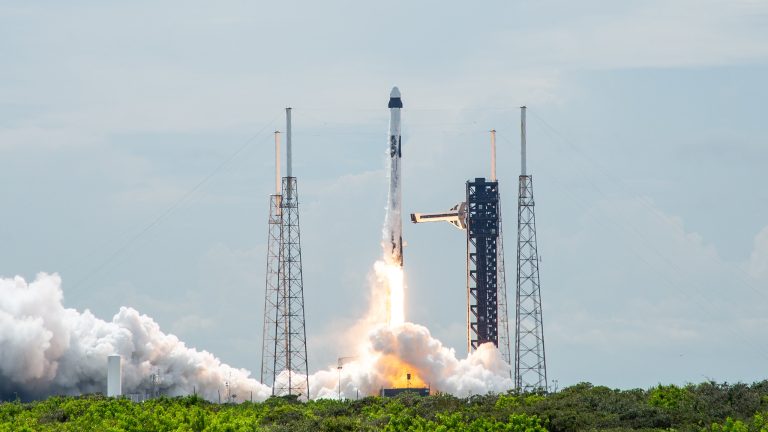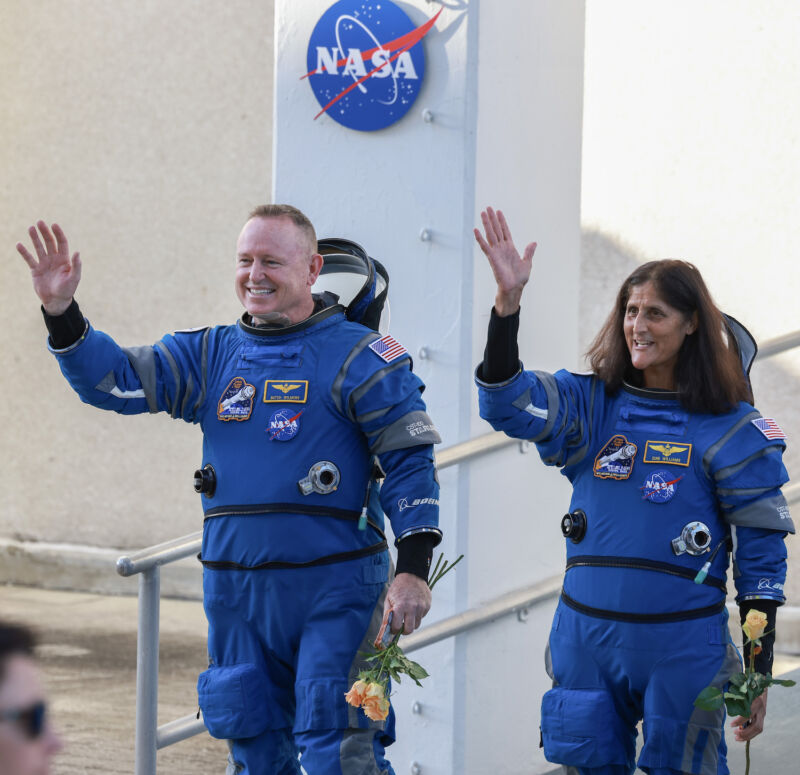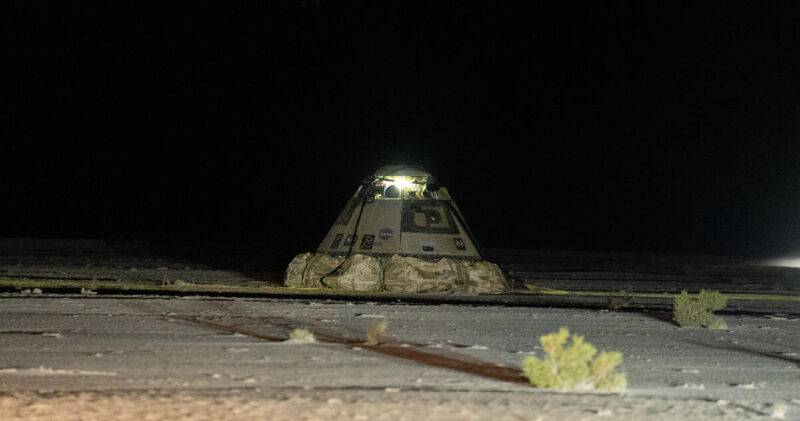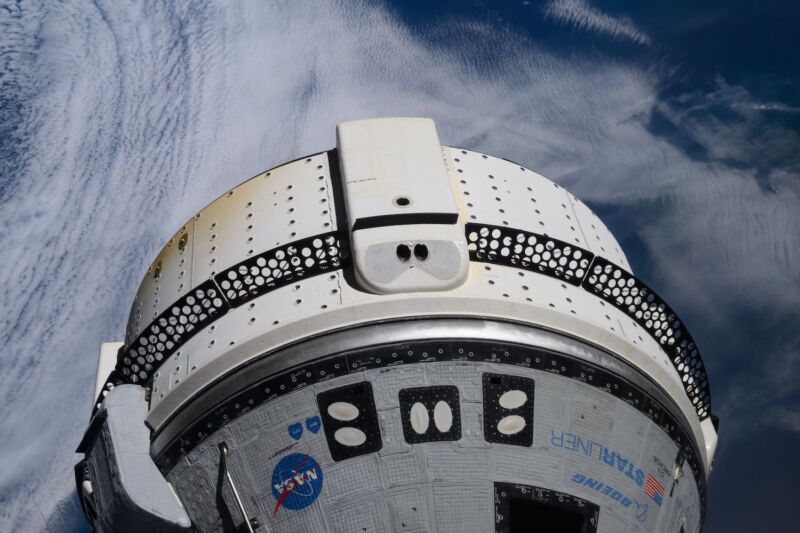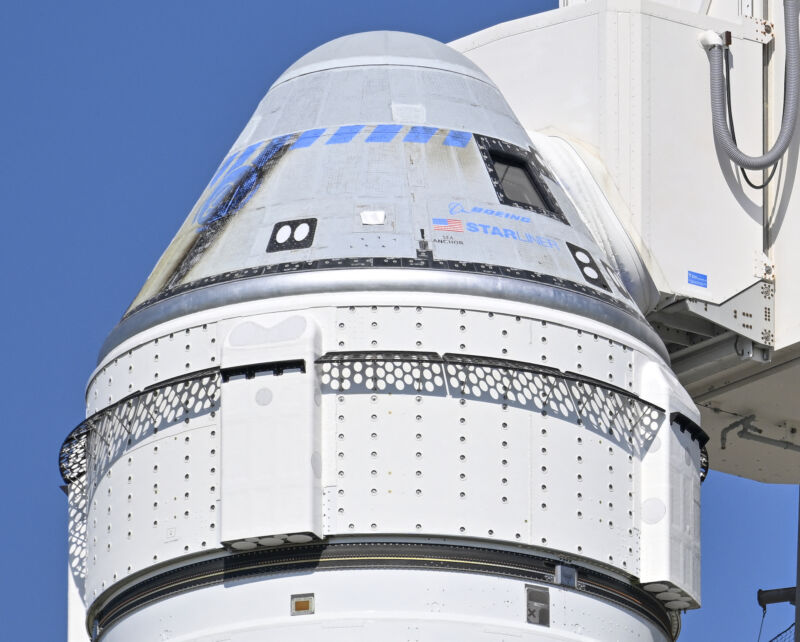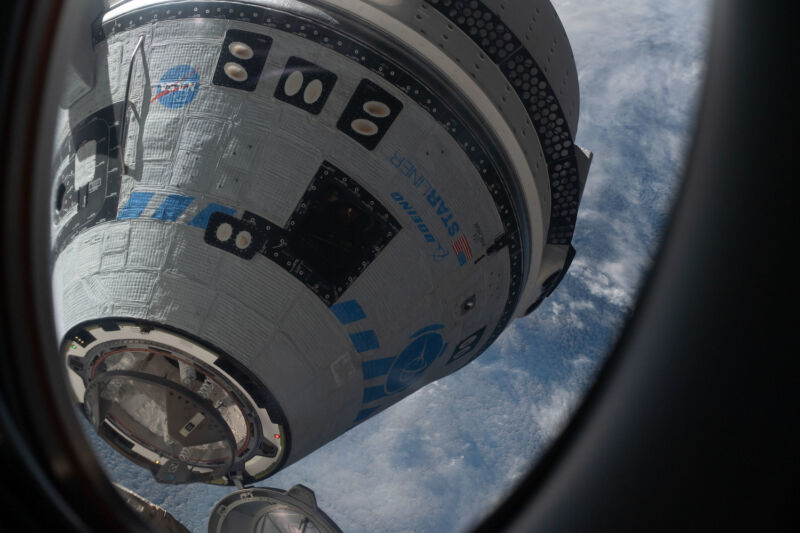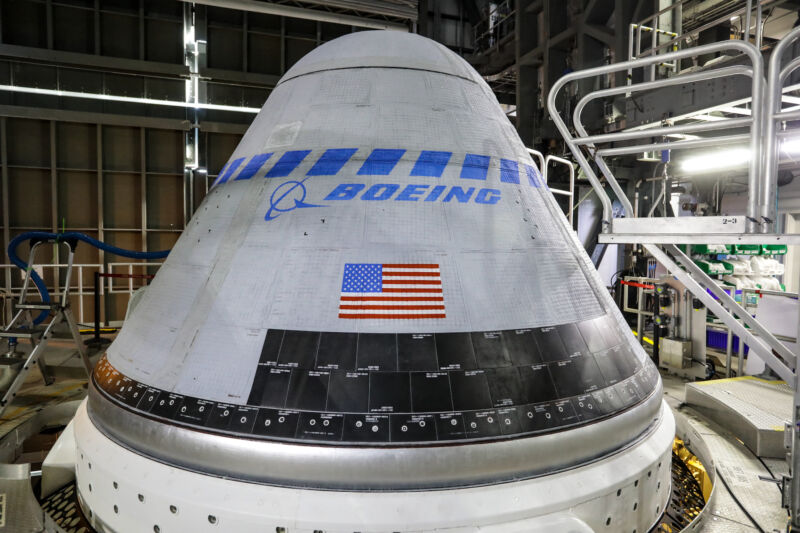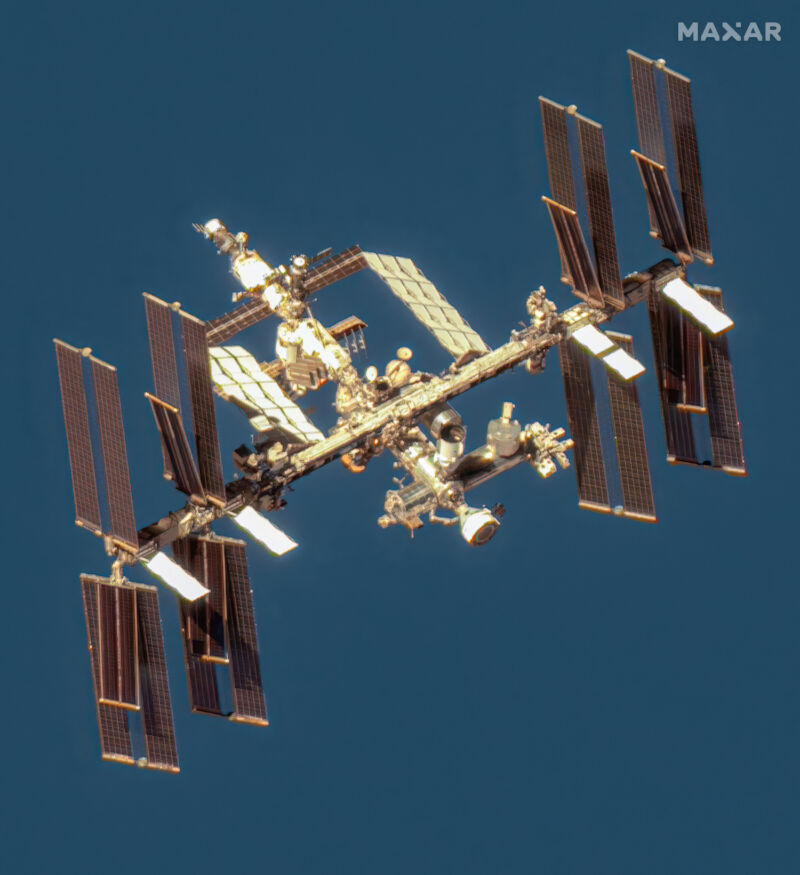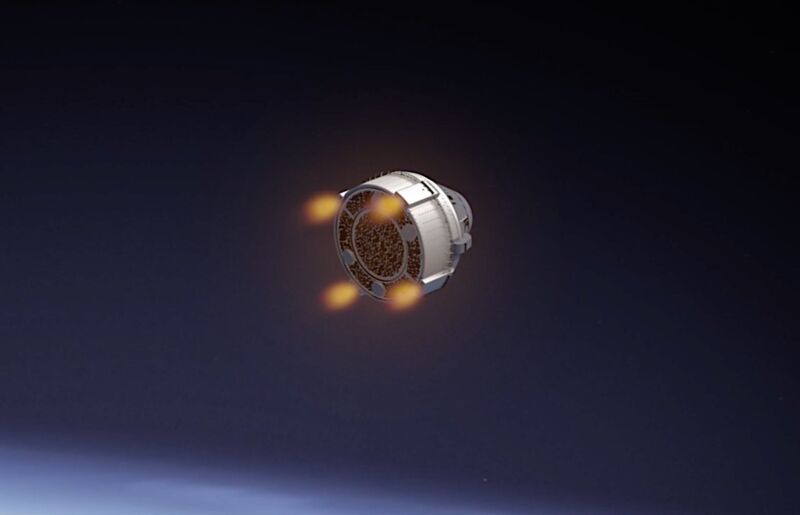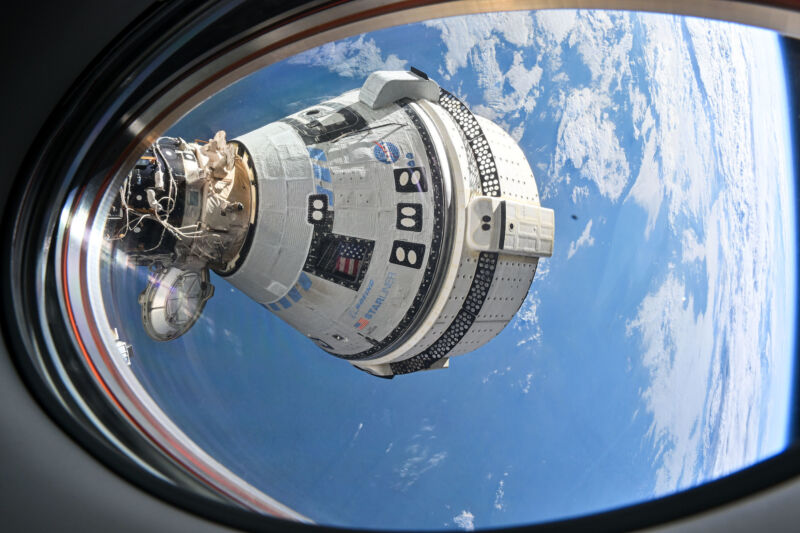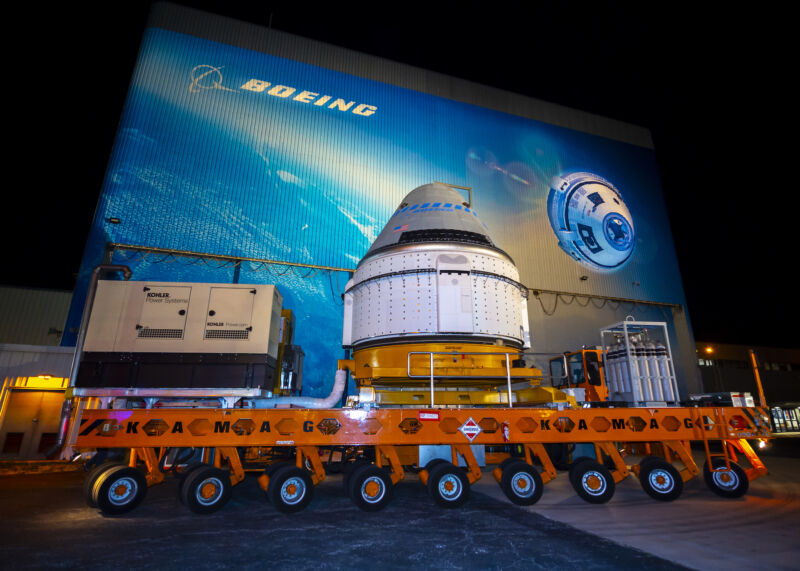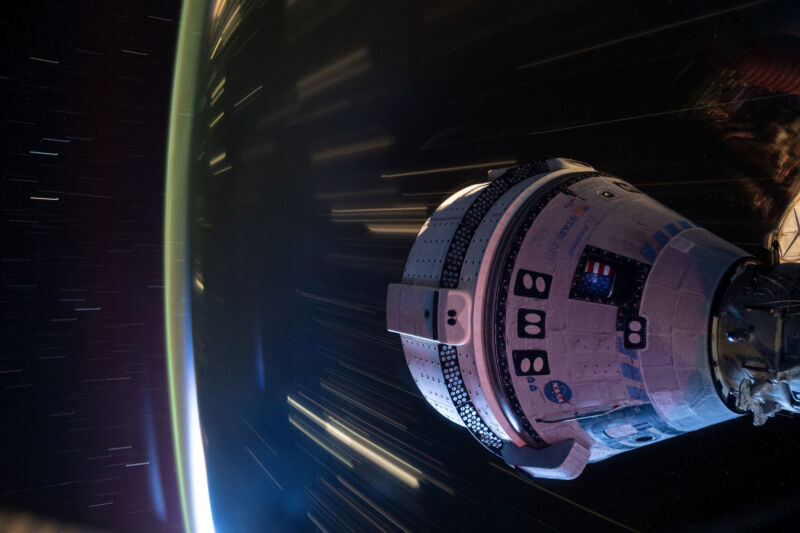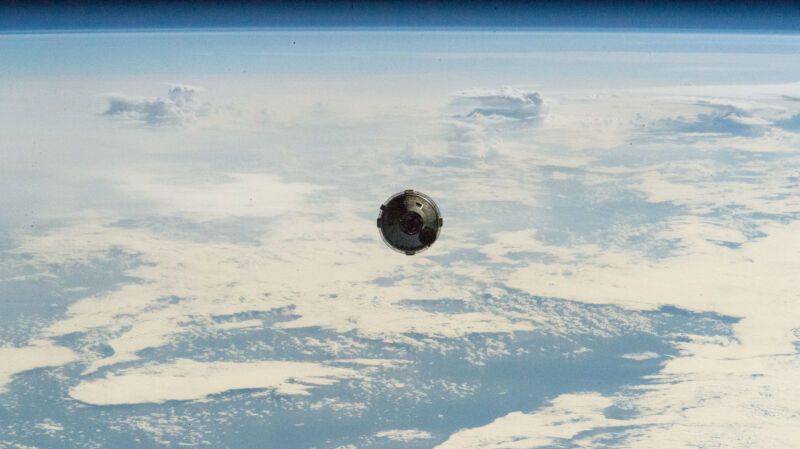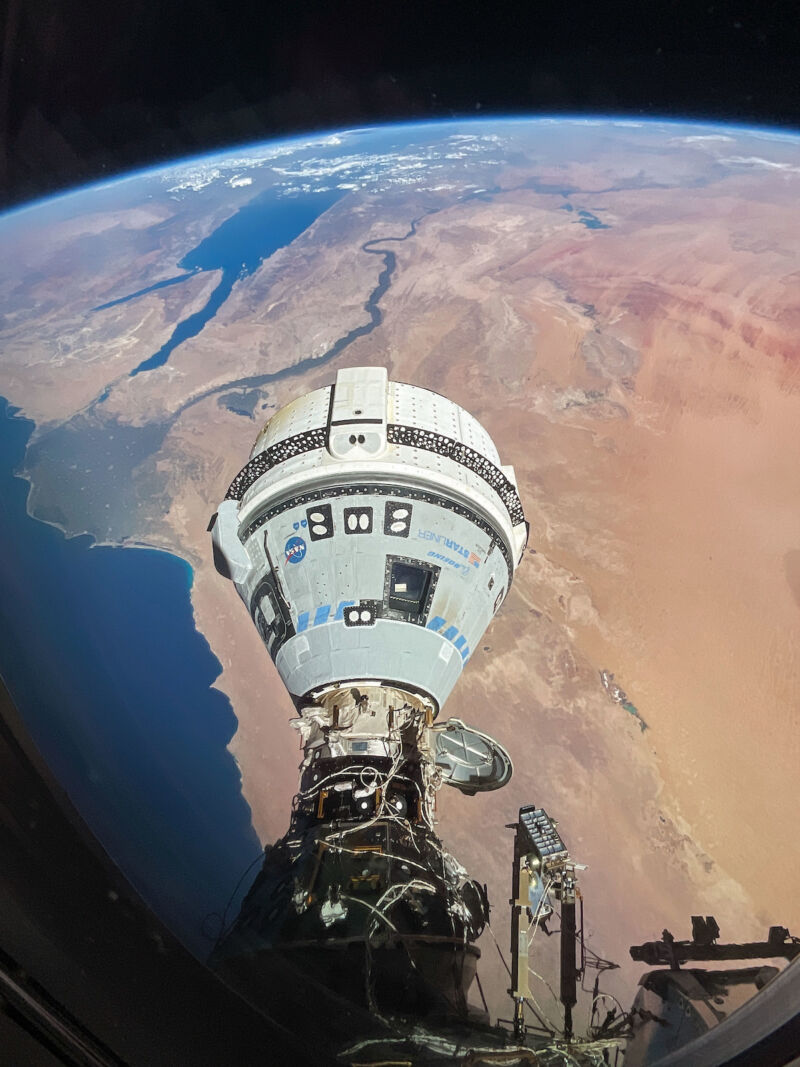Boeing is still bleeding money on the Starliner commercial crew program
Sometimes, it's worth noting when something goes unsaid.
On Wednesday, Boeing's new CEO, Kelly Ortberg, participated in his first quarterly conference call with investment analysts. Under fire from labor groups and regulators, Boeing logged a nearly $6.2 billion loss for the last three months, while the new boss pledged a turnaround for the troubled aerospace company.
What Ortberg didn't mention in the call was the Starliner program. Starliner is a relatively small portion of Boeing's overall business, but it's a high-profile and unprofitable one.
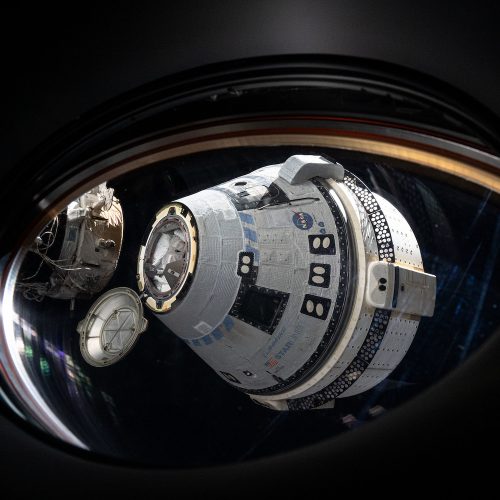
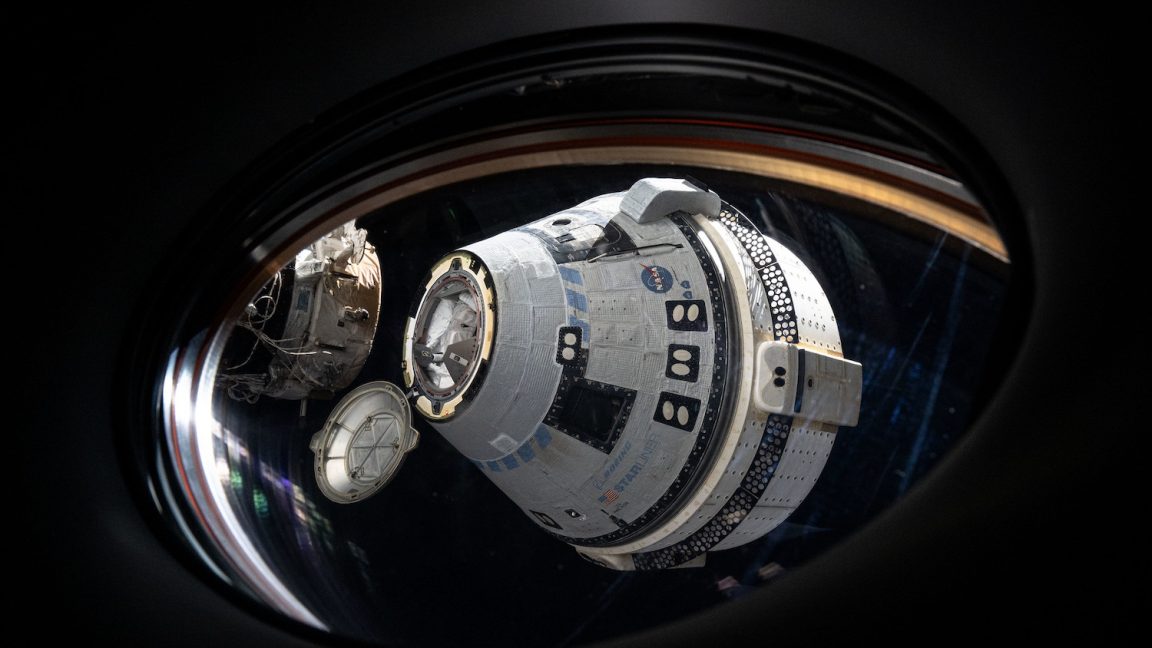
© NASA
